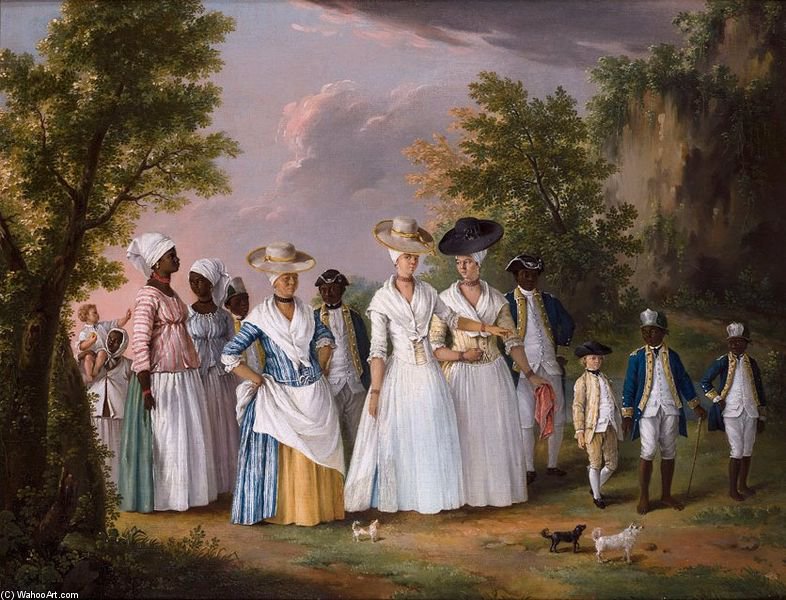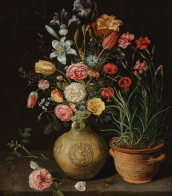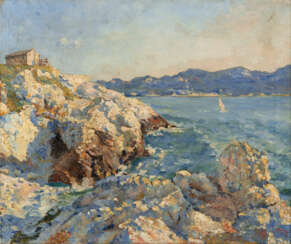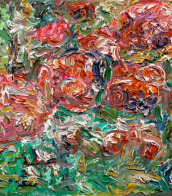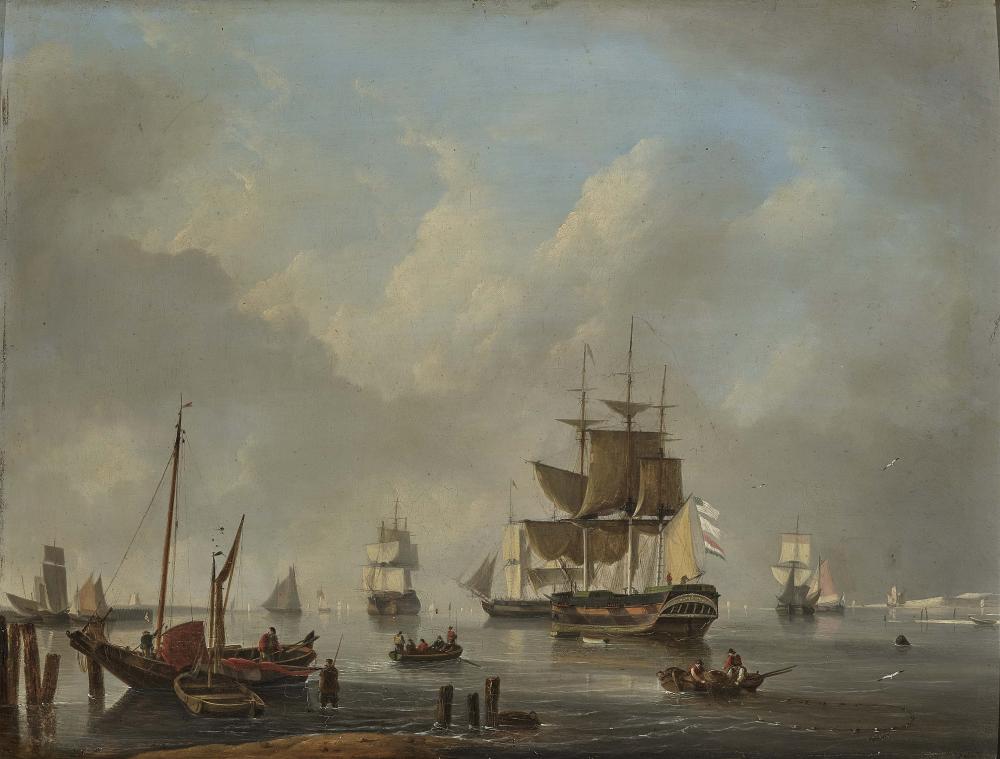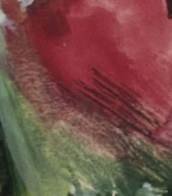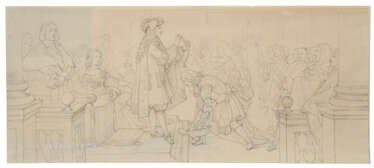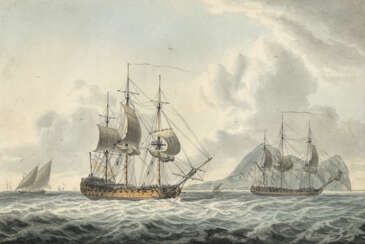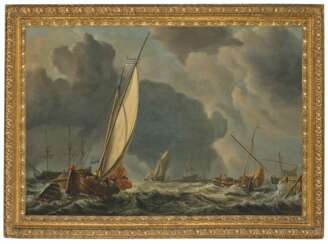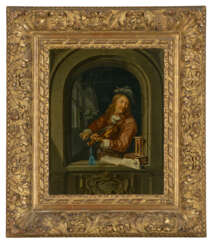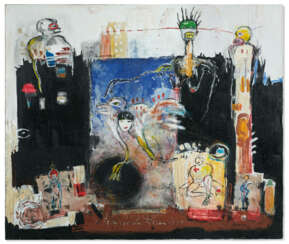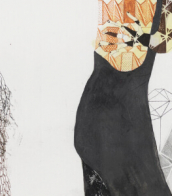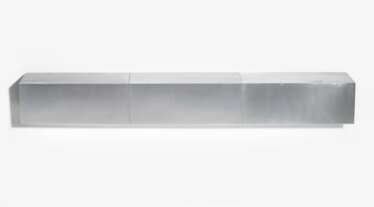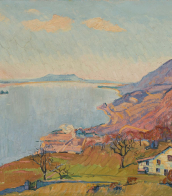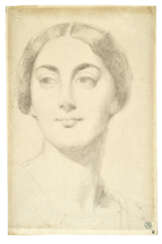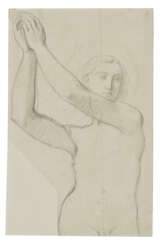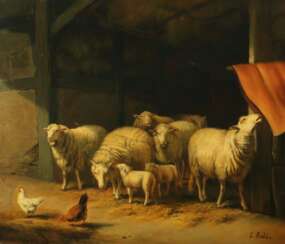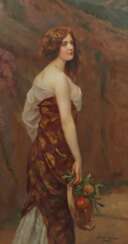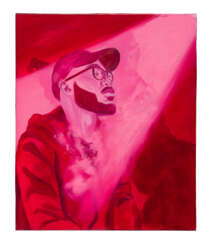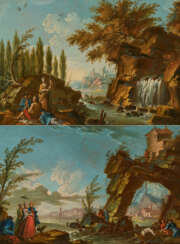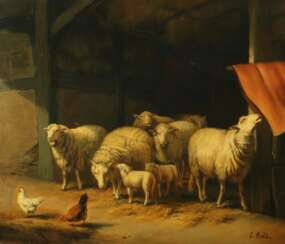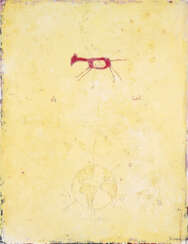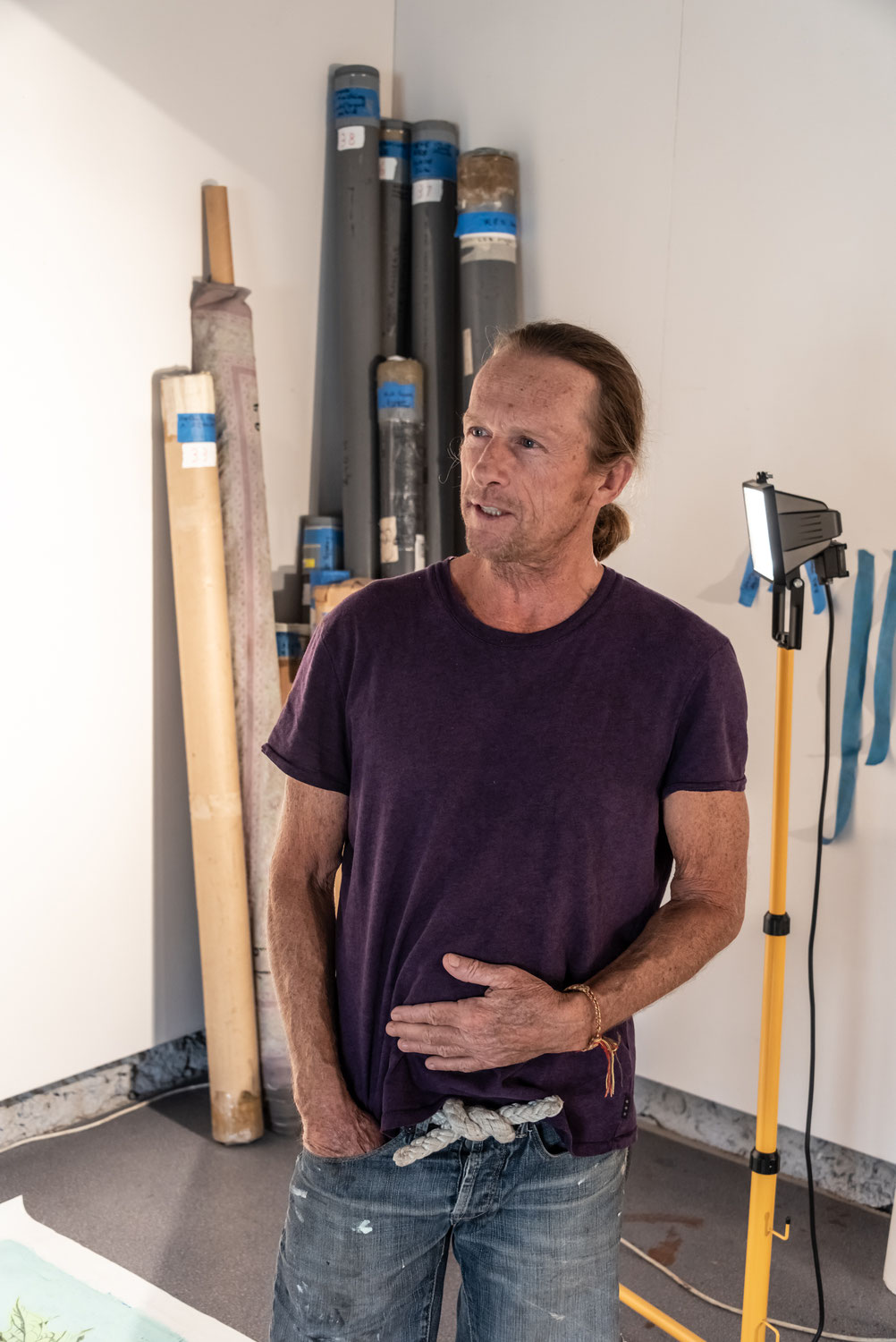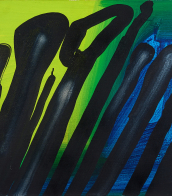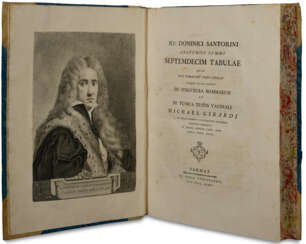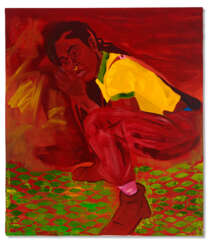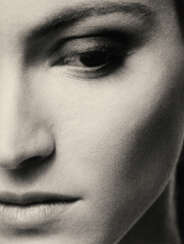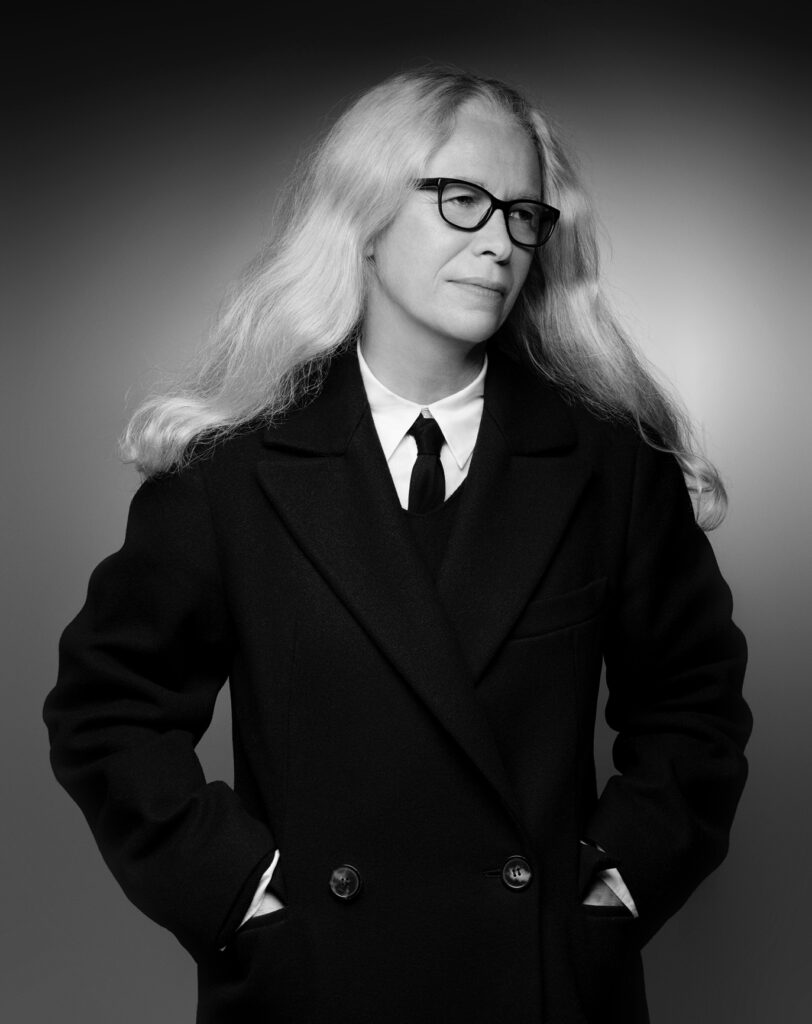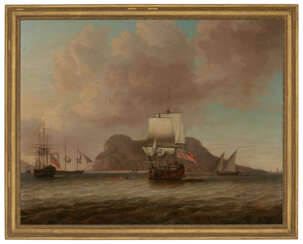доминика


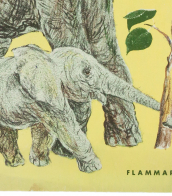

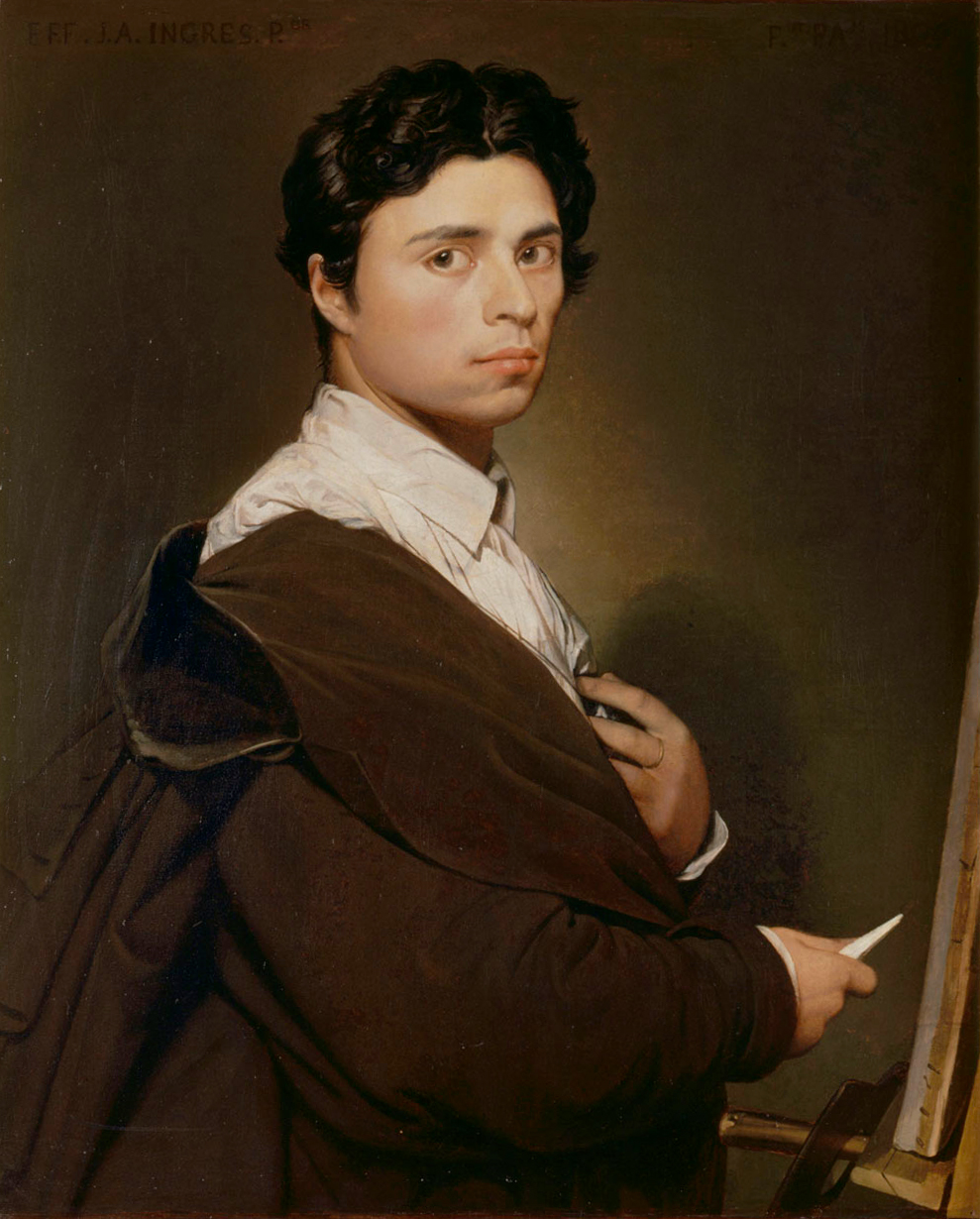
Jean-Auguste-Dominique Ingres, a French Neoclassical painter, carved a niche for himself in the art world with his profound influence from past traditions and his aspiration to uphold academic orthodoxy amidst the burgeoning Romantic style. Born in Montauban, France, on August 29, 1780, Ingres' journey into the realms of art was marked by his early study under Jacques-Louis David, leading to a fully developed style that scarcely changed throughout his life.
Ingres is celebrated for his expressive distortions of form and space, which have positioned him as a crucial precursor to modern art, influencing modernists such as Picasso and Matisse. His oeuvre, renowned for its meticulous precision and sinuous lines, skillfully bridges elements of Neoclassical and Romantic styles. Despite never traveling to the Near East or Africa, Ingres was deeply inspired by the exotic, as evidenced in his detailed and sensuous portrayals of odalisques, contributing to his posthumous recognition among avant-garde circles.
His contributions include significant commissions like "The Vow of Louis XIII," which solidified his position as a leader of the Neoclassical school in France, and "The Turkish Bath," his last major work, showcasing his enduring fascination with the female form and Orientalism. His works, including the iconic "Portrait of Monsieur Bertin" and other masterful portraits, continue to captivate, housed in esteemed collections such as the Musée du Louvre in Paris.
Art collectors and experts appreciate Ingres for his dedication to classical techniques and his innovative approach to composition and form. His legacy, encompassing both his Neoclassical roots and his pioneering forays into early modernism, underscores his unique position in art history.
For updates on exhibitions and auctions featuring works by Jean-Auguste-Dominique Ingres, sign up for our newsletter. Stay informed about new discoveries and opportunities to acquire pieces by this master of Neoclassicism and precursor to modern art.
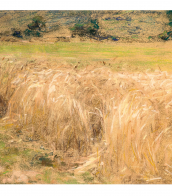
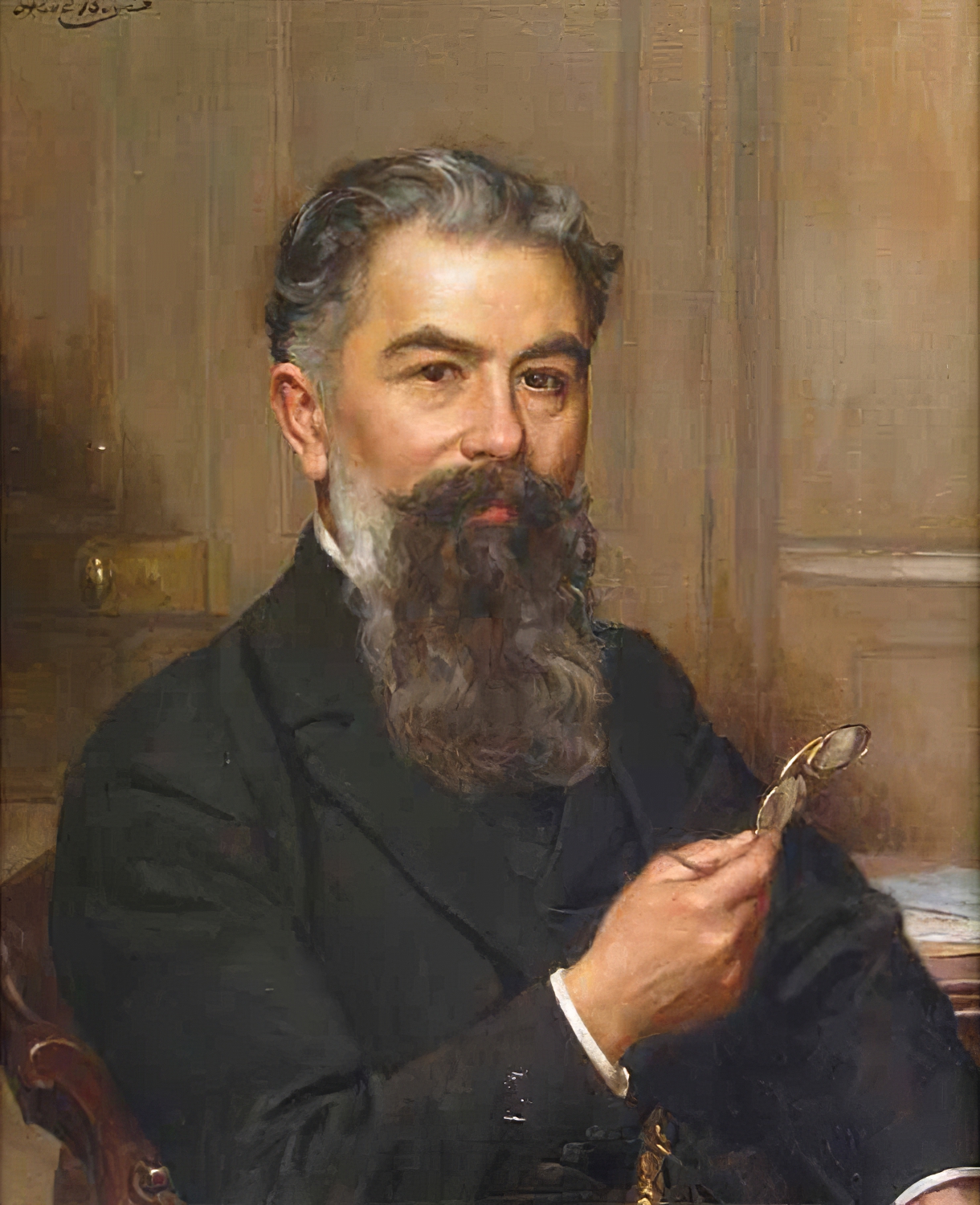
Abel-Dominique Boyé was a French painter.
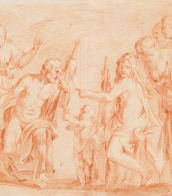

Dominic Serres was a French-born painter strongly associated with the English school of painting, and with paintings with a naval or marine theme. Such were his connections with the English art world, that he became one of the founding members of the Royal Academy in 1768, and was later briefly (from 1792 until his death) its librarian.
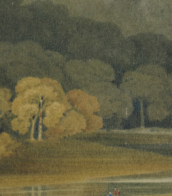

Dominic Serres was a French-born painter strongly associated with the English school of painting, and with paintings with a naval or marine theme. Such were his connections with the English art world, that he became one of the founding members of the Royal Academy in 1768, and was later briefly (from 1792 until his death) its librarian.


Dominic Serres was a French-born painter strongly associated with the English school of painting, and with paintings with a naval or marine theme. Such were his connections with the English art world, that he became one of the founding members of the Royal Academy in 1768, and was later briefly (from 1792 until his death) its librarian.
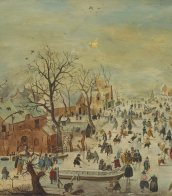
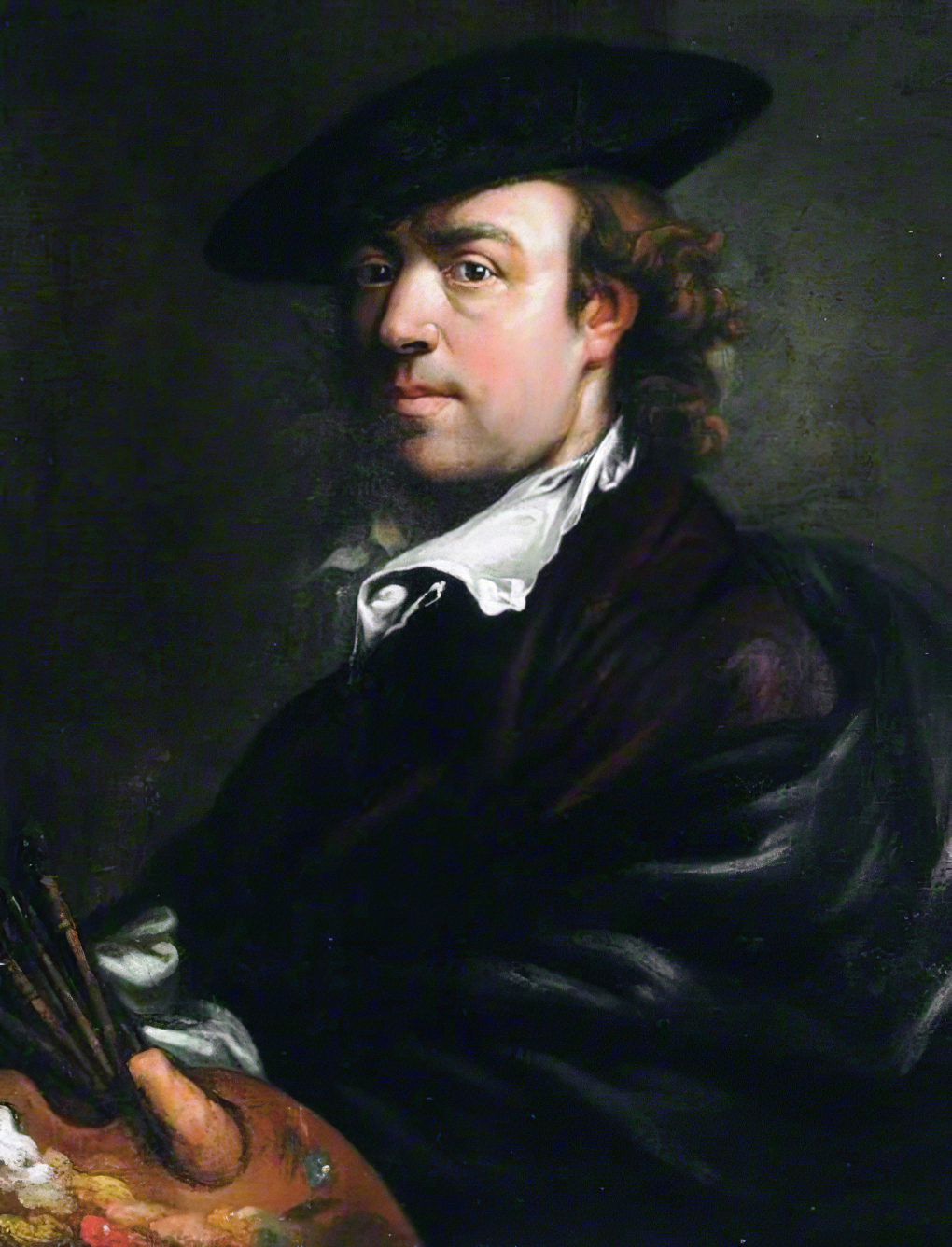
Dominicus van Tol was a Dutch Golden Age painter.
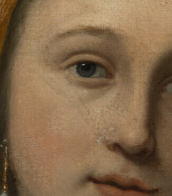

Jean-Auguste-Dominique Ingres, a French Neoclassical painter, carved a niche for himself in the art world with his profound influence from past traditions and his aspiration to uphold academic orthodoxy amidst the burgeoning Romantic style. Born in Montauban, France, on August 29, 1780, Ingres' journey into the realms of art was marked by his early study under Jacques-Louis David, leading to a fully developed style that scarcely changed throughout his life.
Ingres is celebrated for his expressive distortions of form and space, which have positioned him as a crucial precursor to modern art, influencing modernists such as Picasso and Matisse. His oeuvre, renowned for its meticulous precision and sinuous lines, skillfully bridges elements of Neoclassical and Romantic styles. Despite never traveling to the Near East or Africa, Ingres was deeply inspired by the exotic, as evidenced in his detailed and sensuous portrayals of odalisques, contributing to his posthumous recognition among avant-garde circles.
His contributions include significant commissions like "The Vow of Louis XIII," which solidified his position as a leader of the Neoclassical school in France, and "The Turkish Bath," his last major work, showcasing his enduring fascination with the female form and Orientalism. His works, including the iconic "Portrait of Monsieur Bertin" and other masterful portraits, continue to captivate, housed in esteemed collections such as the Musée du Louvre in Paris.
Art collectors and experts appreciate Ingres for his dedication to classical techniques and his innovative approach to composition and form. His legacy, encompassing both his Neoclassical roots and his pioneering forays into early modernism, underscores his unique position in art history.
For updates on exhibitions and auctions featuring works by Jean-Auguste-Dominique Ingres, sign up for our newsletter. Stay informed about new discoveries and opportunities to acquire pieces by this master of Neoclassicism and precursor to modern art.
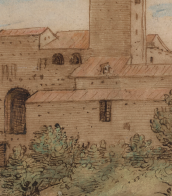

Jean-Auguste-Dominique Ingres, a French Neoclassical painter, carved a niche for himself in the art world with his profound influence from past traditions and his aspiration to uphold academic orthodoxy amidst the burgeoning Romantic style. Born in Montauban, France, on August 29, 1780, Ingres' journey into the realms of art was marked by his early study under Jacques-Louis David, leading to a fully developed style that scarcely changed throughout his life.
Ingres is celebrated for his expressive distortions of form and space, which have positioned him as a crucial precursor to modern art, influencing modernists such as Picasso and Matisse. His oeuvre, renowned for its meticulous precision and sinuous lines, skillfully bridges elements of Neoclassical and Romantic styles. Despite never traveling to the Near East or Africa, Ingres was deeply inspired by the exotic, as evidenced in his detailed and sensuous portrayals of odalisques, contributing to his posthumous recognition among avant-garde circles.
His contributions include significant commissions like "The Vow of Louis XIII," which solidified his position as a leader of the Neoclassical school in France, and "The Turkish Bath," his last major work, showcasing his enduring fascination with the female form and Orientalism. His works, including the iconic "Portrait of Monsieur Bertin" and other masterful portraits, continue to captivate, housed in esteemed collections such as the Musée du Louvre in Paris.
Art collectors and experts appreciate Ingres for his dedication to classical techniques and his innovative approach to composition and form. His legacy, encompassing both his Neoclassical roots and his pioneering forays into early modernism, underscores his unique position in art history.
For updates on exhibitions and auctions featuring works by Jean-Auguste-Dominique Ingres, sign up for our newsletter. Stay informed about new discoveries and opportunities to acquire pieces by this master of Neoclassicism and precursor to modern art.

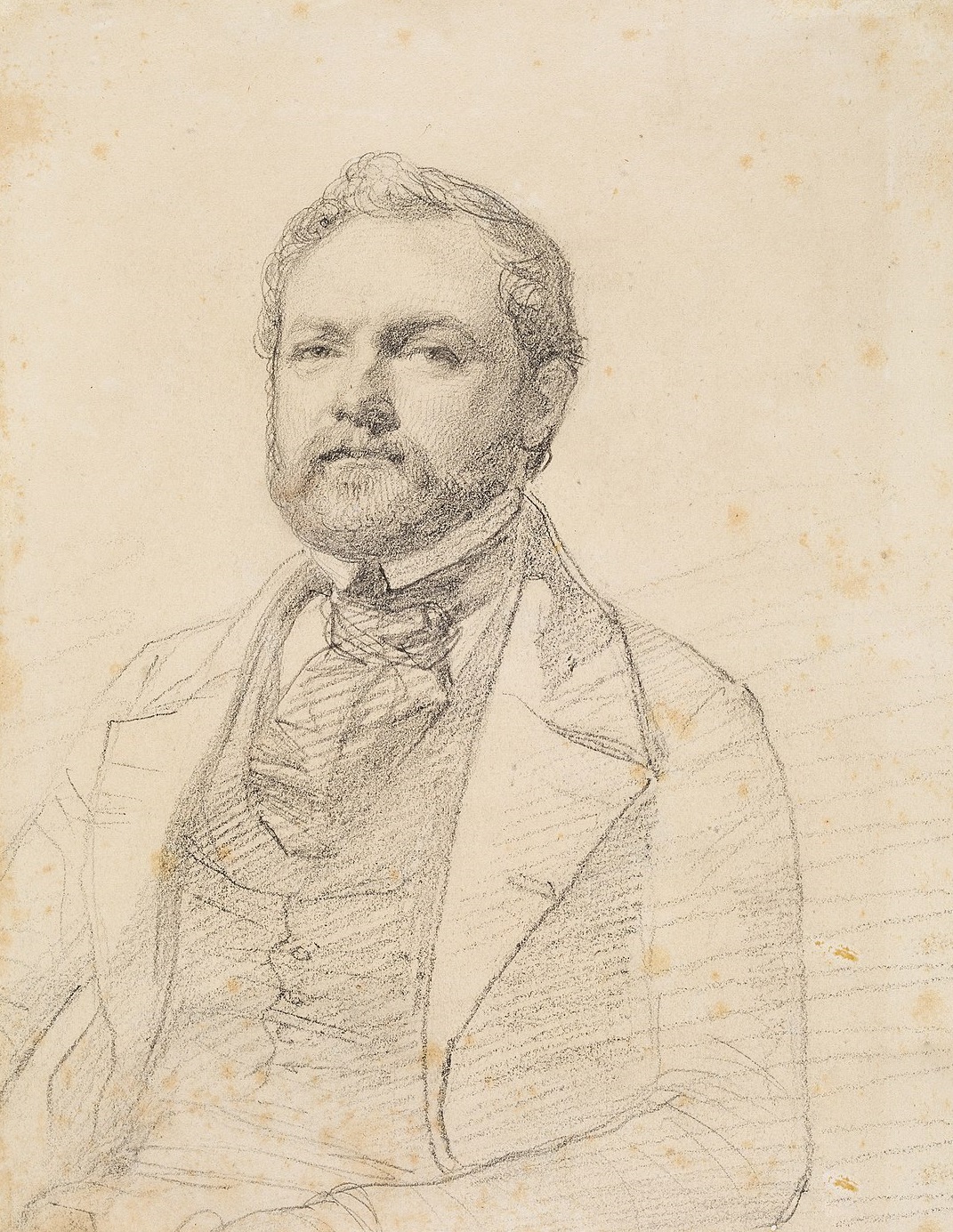
Louis-Marie-Dominique-Romain Robbe was a Belgian painter, engraver and lawyer.
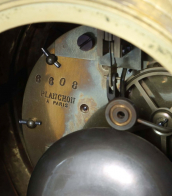

Abel-Dominique Boyé was a French painter.

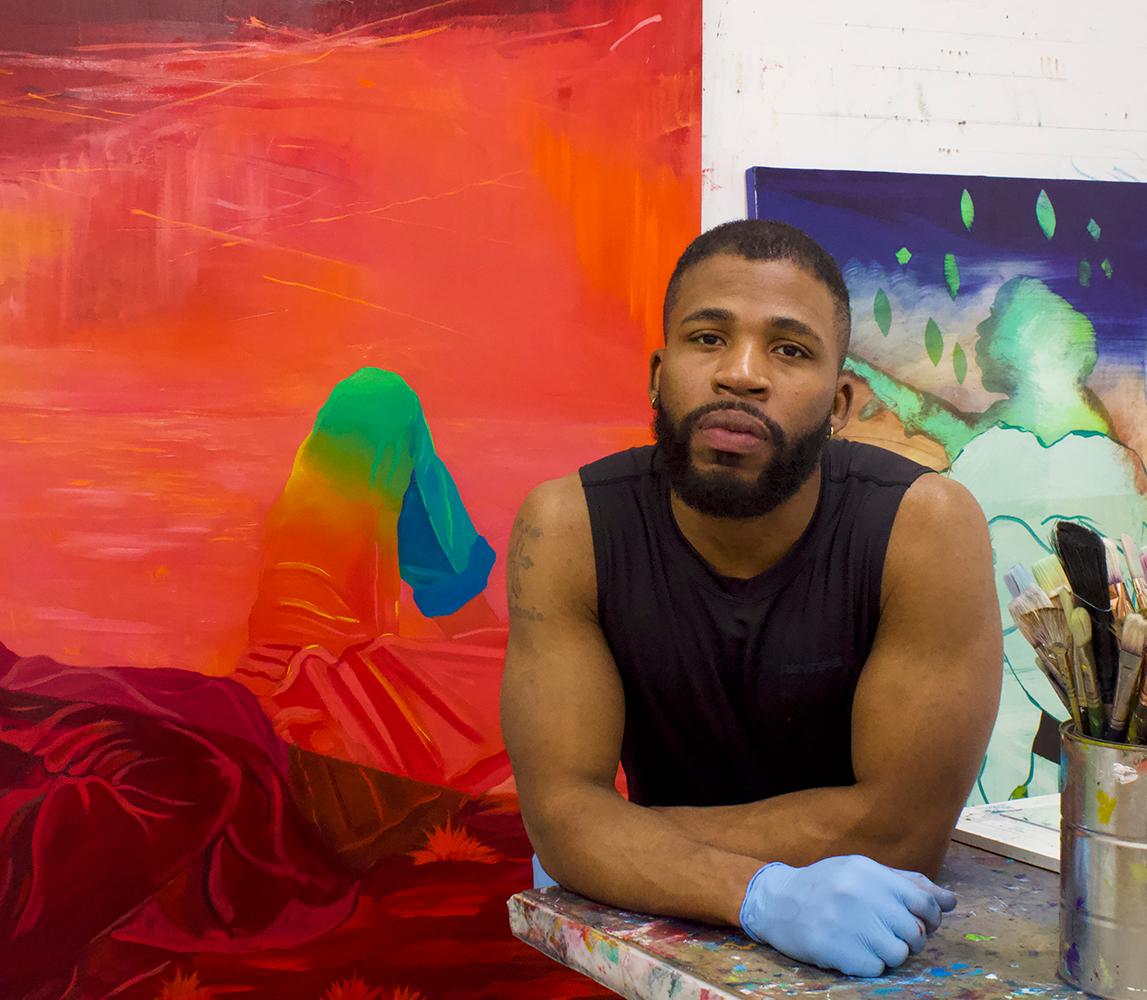
Dominic Chambers is an African-American contemporary artist and writer. He creates vibrant paintings that simultaneously appeal to historical models of art, such as colour field painting and gestural abstraction, and contemporary concerns about race, identity, and the need for rest and reflection. Many of Chambers' compositions incorporate elements of Fabulism, including ghostly silhouettes and surrealist landscapes.
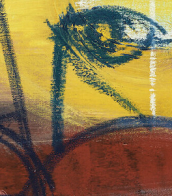
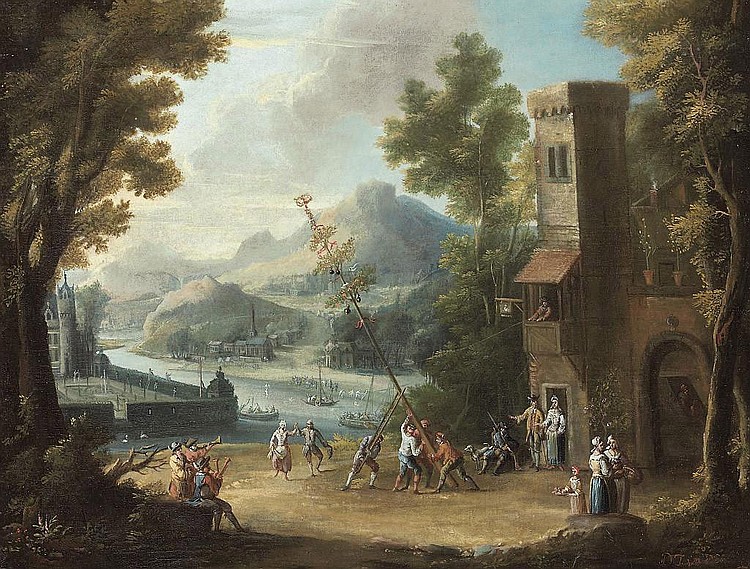
Dominique Joseph Vanderburch was an 18th-century French painter specialising in landscape painting.
Dominique Joseph Vanderburch taught painting at the Académie des Beaux-Arts in Montpellier.


Jean-Auguste-Dominique Ingres, a French Neoclassical painter, carved a niche for himself in the art world with his profound influence from past traditions and his aspiration to uphold academic orthodoxy amidst the burgeoning Romantic style. Born in Montauban, France, on August 29, 1780, Ingres' journey into the realms of art was marked by his early study under Jacques-Louis David, leading to a fully developed style that scarcely changed throughout his life.
Ingres is celebrated for his expressive distortions of form and space, which have positioned him as a crucial precursor to modern art, influencing modernists such as Picasso and Matisse. His oeuvre, renowned for its meticulous precision and sinuous lines, skillfully bridges elements of Neoclassical and Romantic styles. Despite never traveling to the Near East or Africa, Ingres was deeply inspired by the exotic, as evidenced in his detailed and sensuous portrayals of odalisques, contributing to his posthumous recognition among avant-garde circles.
His contributions include significant commissions like "The Vow of Louis XIII," which solidified his position as a leader of the Neoclassical school in France, and "The Turkish Bath," his last major work, showcasing his enduring fascination with the female form and Orientalism. His works, including the iconic "Portrait of Monsieur Bertin" and other masterful portraits, continue to captivate, housed in esteemed collections such as the Musée du Louvre in Paris.
Art collectors and experts appreciate Ingres for his dedication to classical techniques and his innovative approach to composition and form. His legacy, encompassing both his Neoclassical roots and his pioneering forays into early modernism, underscores his unique position in art history.
For updates on exhibitions and auctions featuring works by Jean-Auguste-Dominique Ingres, sign up for our newsletter. Stay informed about new discoveries and opportunities to acquire pieces by this master of Neoclassicism and precursor to modern art.


Louis-Marie-Dominique-Romain Robbe was a Belgian painter, engraver and lawyer.
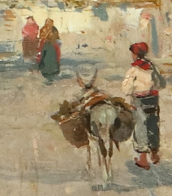
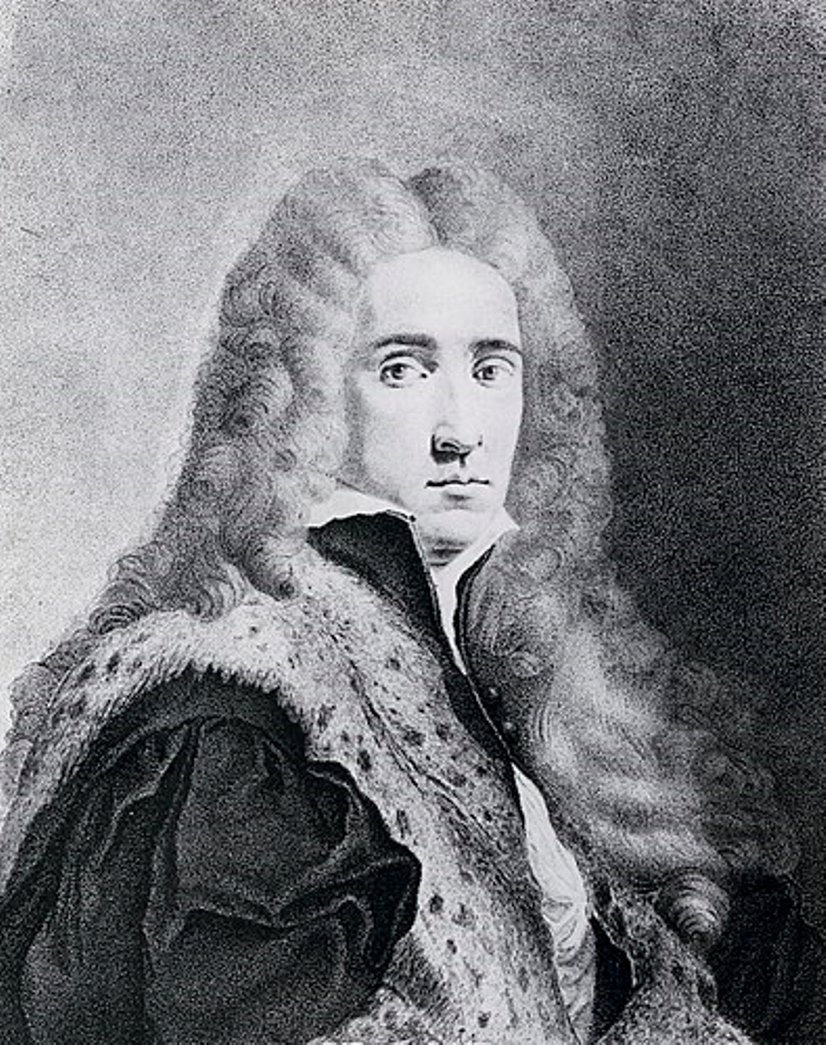
Giovanni Dominico Santorini was an Italian anatomist and professor.
Santorini studied medicine in Bologna, Padua and Pisa, earning his doctorate. One of his teachers was Marcello Malpighi (1628-1694). In 1703 Santorini began anatomical autopsies and was a demonstrator of anatomy in Venice from 1706 to 1728. In 1728 he became proto-medic and physician to Spedaletto in that city.
He was considered one of the most industrious and meticulous anatomists of the eighteenth century. Santorini's anatomical studies include many muscular and venous structures, cartilage, and glands of the human body. In addition to detailed descriptions of these structures, he also produced magnificent copper plates and illustrations. In 1724, Santorini published Observationes anatomicae ("Anatomical Observations"), a work that included anatomical aspects of the human body.
Giovanni Santorini's work greatly expanded knowledge of human anatomy, and several organs are named after him. Santorini was also a popular pioneer in the teaching of obstetrics.

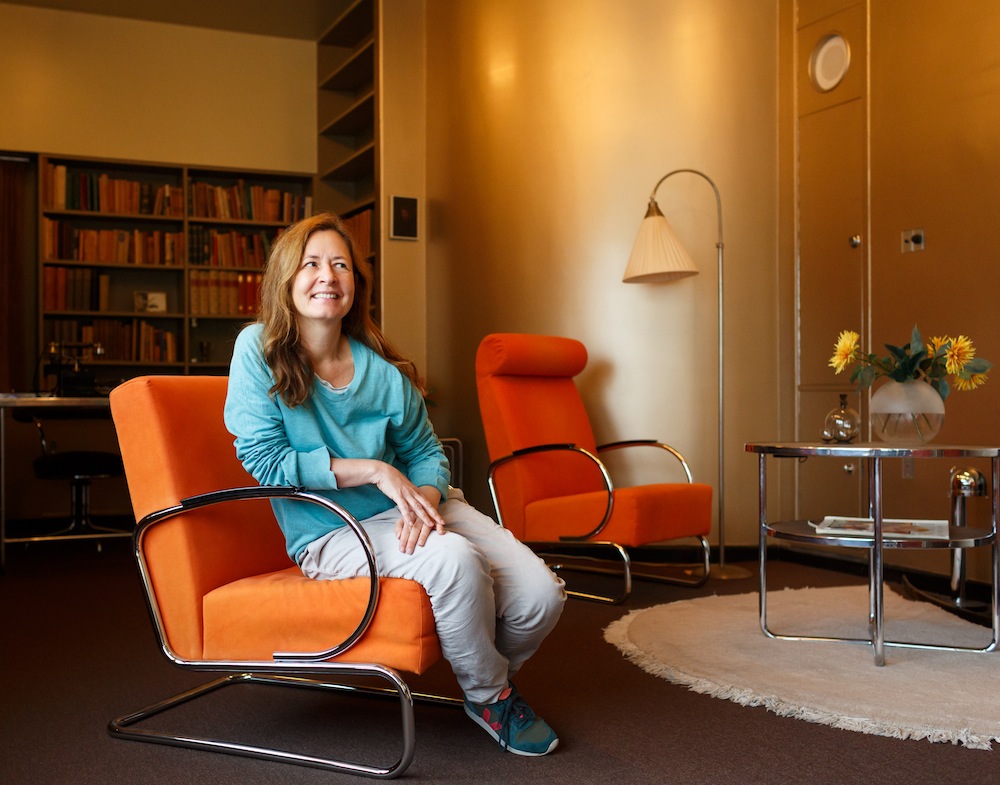


Dominic Chambers is an African-American contemporary artist and writer. He creates vibrant paintings that simultaneously appeal to historical models of art, such as colour field painting and gestural abstraction, and contemporary concerns about race, identity, and the need for rest and reflection. Many of Chambers' compositions incorporate elements of Fabulism, including ghostly silhouettes and surrealist landscapes.


Dominic Serres was a French-born painter strongly associated with the English school of painting, and with paintings with a naval or marine theme. Such were his connections with the English art world, that he became one of the founding members of the Royal Academy in 1768, and was later briefly (from 1792 until his death) its librarian.
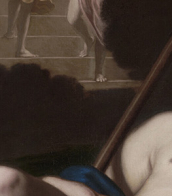

Jean-Auguste-Dominique Ingres, a French Neoclassical painter, carved a niche for himself in the art world with his profound influence from past traditions and his aspiration to uphold academic orthodoxy amidst the burgeoning Romantic style. Born in Montauban, France, on August 29, 1780, Ingres' journey into the realms of art was marked by his early study under Jacques-Louis David, leading to a fully developed style that scarcely changed throughout his life.
Ingres is celebrated for his expressive distortions of form and space, which have positioned him as a crucial precursor to modern art, influencing modernists such as Picasso and Matisse. His oeuvre, renowned for its meticulous precision and sinuous lines, skillfully bridges elements of Neoclassical and Romantic styles. Despite never traveling to the Near East or Africa, Ingres was deeply inspired by the exotic, as evidenced in his detailed and sensuous portrayals of odalisques, contributing to his posthumous recognition among avant-garde circles.
His contributions include significant commissions like "The Vow of Louis XIII," which solidified his position as a leader of the Neoclassical school in France, and "The Turkish Bath," his last major work, showcasing his enduring fascination with the female form and Orientalism. His works, including the iconic "Portrait of Monsieur Bertin" and other masterful portraits, continue to captivate, housed in esteemed collections such as the Musée du Louvre in Paris.
Art collectors and experts appreciate Ingres for his dedication to classical techniques and his innovative approach to composition and form. His legacy, encompassing both his Neoclassical roots and his pioneering forays into early modernism, underscores his unique position in art history.
For updates on exhibitions and auctions featuring works by Jean-Auguste-Dominique Ingres, sign up for our newsletter. Stay informed about new discoveries and opportunities to acquire pieces by this master of Neoclassicism and precursor to modern art.
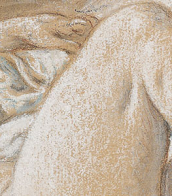


![Дидон, А. Иисус Христос [в 2 т.] / Соч. Дидона; пер. с франц. под ред. Н.А. Скроботова.](/assets/image/picture_1784434/4563c/didf6xuvtk0mjjywcdvyuae7mu23w7ggxg8dku6kspba6l8iatsnmapvkcgkt5f1635787993jpg__fix_374_244.jpeg)
![Дидон, А. Иисус Христос [в 2 т.] / Соч. Дидона; пер. с франц. под ред. Н.А. Скроботова.](https://veryimportantlot.com/assets/image/picture_1784434/4563c/didf6xuvtk0mjjywcdvyuae7mu23w7ggxg8dku6kspba6l8iatsnmapvkcgkt5f1635787993jpg__fix_374_244.jpeg)
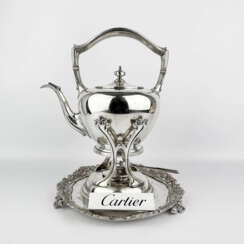


![Гоген, П. Ноа-ноа: Путешествие на Таити / Поль Гогэн; Пер. О.И.Ш.; Ред. и вступ. ст.: [Поль Гогэн] Я. Тугендхольда.](/assets/image/picture_1793616/678a7/jhg2slzjwmrldiogieavacebgingnvk3zb8fzwax5oblo4mf5a3fpb7ukdyijr1635872357jpg__fix_374_244.jpeg)
![Гоген, П. Ноа-ноа: Путешествие на Таити / Поль Гогэн; Пер. О.И.Ш.; Ред. и вступ. ст.: [Поль Гогэн] Я. Тугендхольда.](https://veryimportantlot.com/assets/image/picture_1793616/678a7/jhg2slzjwmrldiogieavacebgingnvk3zb8fzwax5oblo4mf5a3fpb7ukdyijr1635872357jpg__fix_374_244.jpeg)


